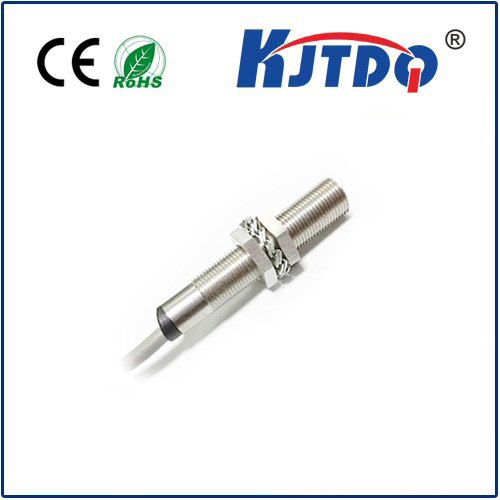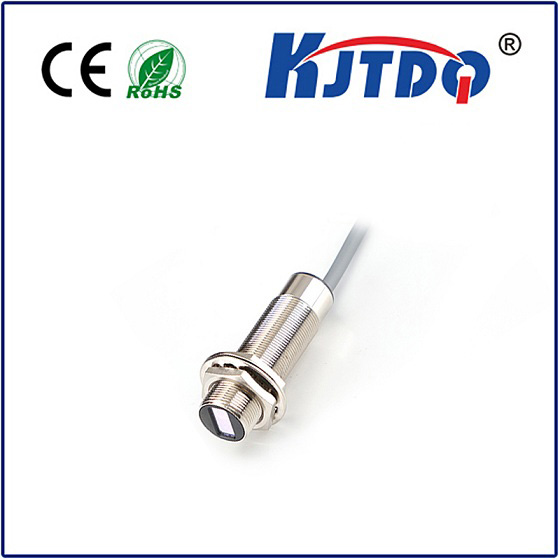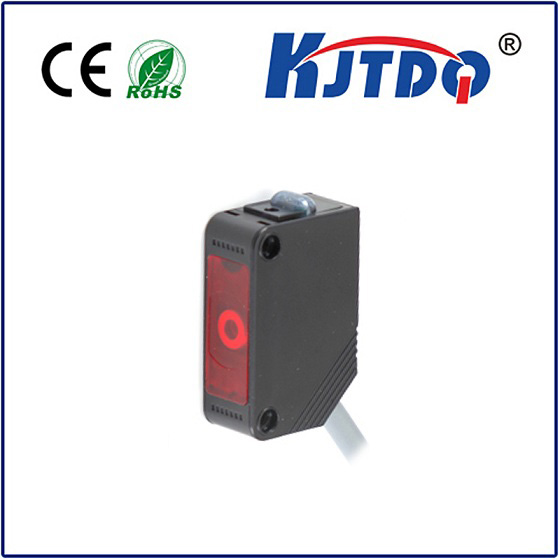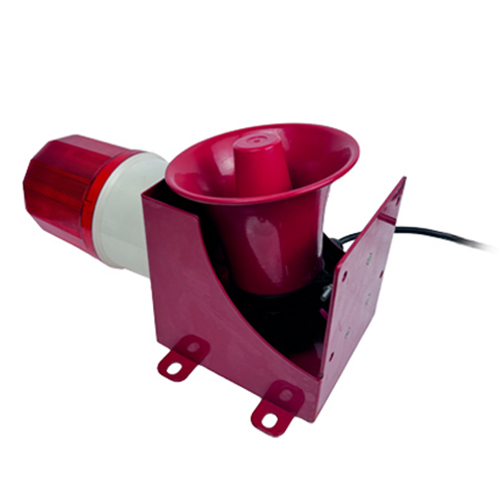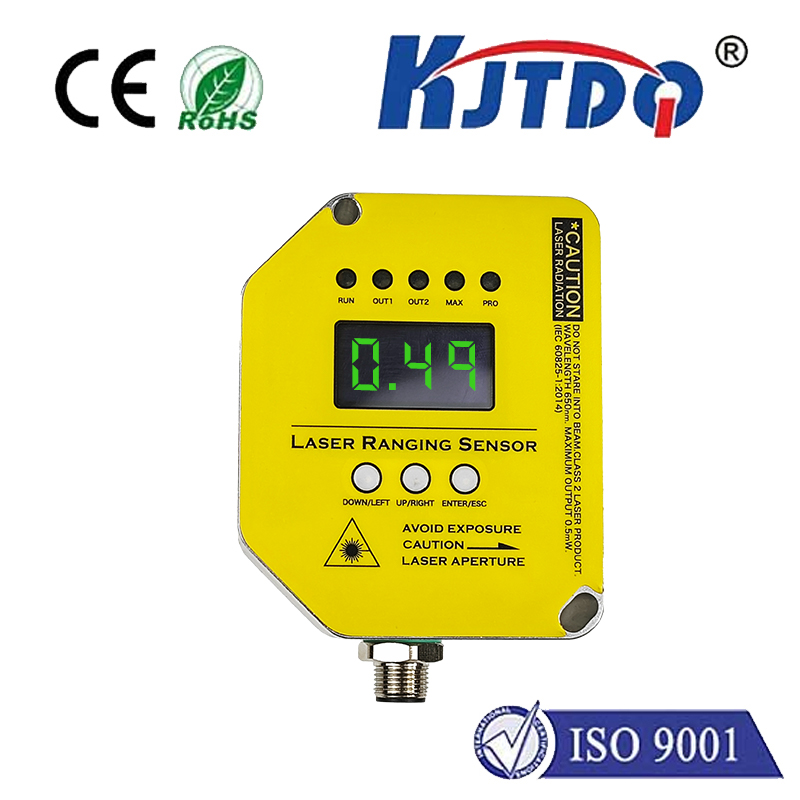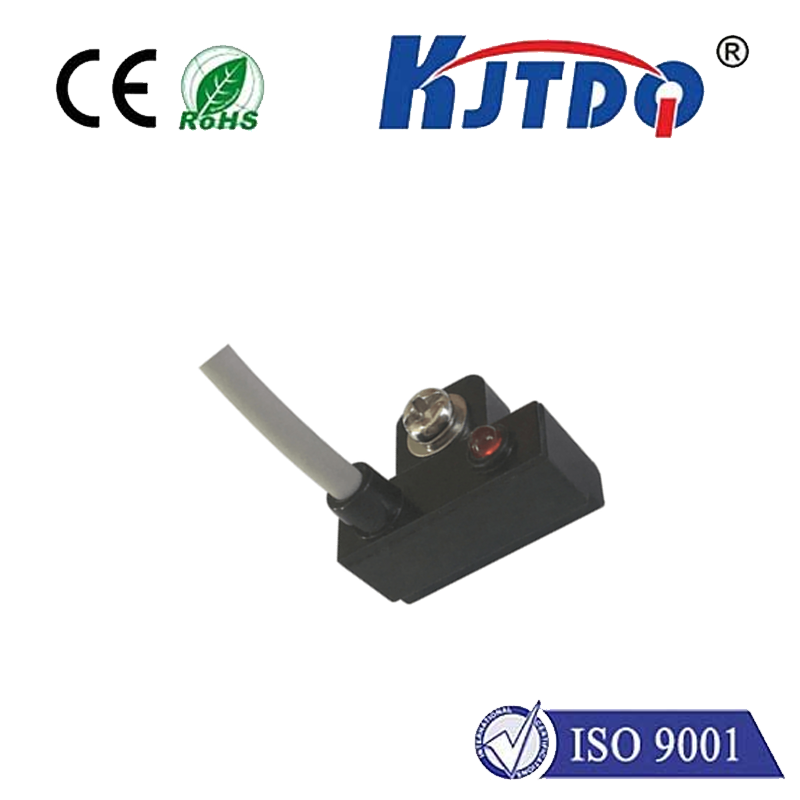

check

check

check

check
Imagine a factory floor humming with activity, where machines move with robotic grace, yet one misstep could mean costly downtime. In this high-stakes world, non-contact detection systems are the unsung heroes, ensuring everything runs smoothly and safely. That’s where the FL7M-2J6HD proximity sensor switch comes into play—a sophisticated component that redefines reliability in industrial automation. As industries evolve towards smarter, more efficient operations, this specific sensor model stands out for its cutting-edge features and versatile applications. Let’s dive into what makes the FL7M-2J6HD a game-changer, exploring its design, functionality, and real-world uses without overwhelming jargon, keeping it clear and actionable for engineers and decision-makers alike.
First off, understanding the basics of a proximity sensor switch is essential. These devices operate without physical touch, using electromagnetic fields to detect nearby objects—think of them as silent sentinels that trigger actions when something approaches within a set range. They’re vital in environments where contact-based switches fail, such as harsh, dusty conditions or high-speed machinery. The FL7M-2J6HD model elevates this concept with advanced inductive technology, making it ideal for precise detection tasks. For instance, its core mechanism involves generating an oscillating field; when a metallic object enters this field, it disrupts the frequency, prompting an instantaneous switch response. This non-contact approach minimizes wear and tear, extending the sensor’s lifespan significantly compared to mechanical alternatives.

Now, focusing on the FL7M-2J6HD proximity sensor switch, it boasts a range of specialized features that cater to demanding industrial settings. With a compact, rugged housing rated for IP67 protection, it resists dust, moisture, and vibrations—perfect for factories or automotive plants. Its key specifications include a detection range of up to 5mm, a fast response time under 1 millisecond, and an operating voltage of 10-30V DC, ensuring compatibility with diverse control systems. Additionally, the FL7M-2J6HD incorporates built-in diagnostics like LED indicators for easy troubleshooting, reducing maintenance hassles. These innovations stem from its design as an inductive proximity sensor, which excels in metal detection scenarios, offering high repeatability and accuracy. As a result, it delivers exceptional reliability in critical applications, from assembly lines to robotics, where even minor errors could halt production.
Moving to practical applications, the FL7M-2J6HD sensor shines across multiple sectors, driven by its adaptability and efficiency. In manufacturing, it’s commonly used for position verification in conveyor belts or robotic arms—for example, detecting the presence of parts on a pallet to initiate the next processing step seamlessly. This not only enhances throughput but also supports energy savings by preventing unnecessary machine cycling, as the switch only activates when needed. Similarly, in the automotive industry, the FL7M-2J6HD integrates into safety systems, such as door interlocks or assembly jigs, ensuring components are correctly aligned before welding. Its robustness also makes it ideal for harsh environments like mining or packaging plants, where it monitors equipment alignment without succumbing to contaminants. Even in emerging fields like IoT-enabled devices, this proximity sensor switch facilitates smart feedback loops, connecting to PLCs for real-time data tracking and predictive maintenance.
The advantages of choosing the FL7M-2J6HD proximity sensor switch go beyond its technical specs, translating into tangible benefits for businesses. First, its non-contact operation eliminates mechanical failures, cutting downtime and repair costs—a key factor for productivity-focused industries. Second, the high durability ensures a long service life, often exceeding 10 million operations, which reduces replacement frequency and boosts ROI. Third, with low power consumption, it aligns with sustainability goals, making it an eco-friendly pick in energy-conscious setups. Finally, its ease of installation with standard M12 connectors simplifies integration, saving time during setup or upgrades. In essence, this model exemplifies how a well-designed proximity sensor switch can drive innovation while addressing common pain points in detection systems. As industries push for greater automation, embracing components like the FL7M-2J6HD ensures operations stay fast, safe, and cost-effective.
